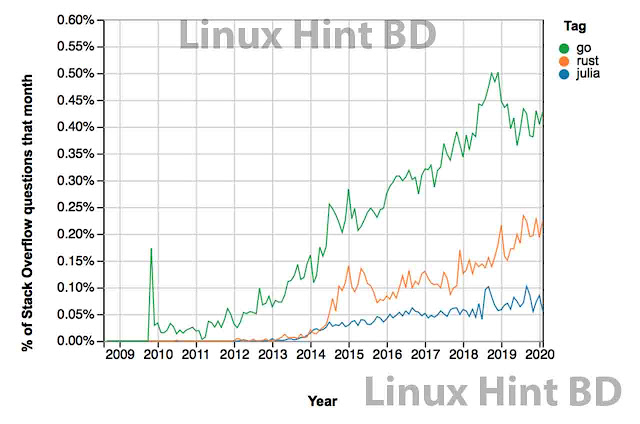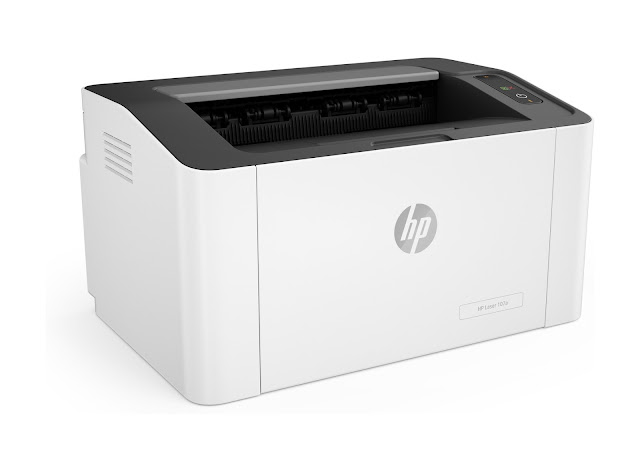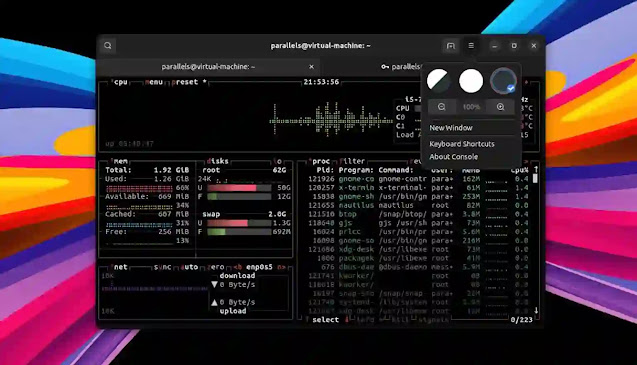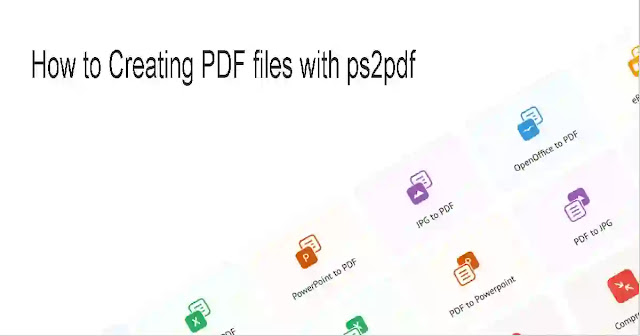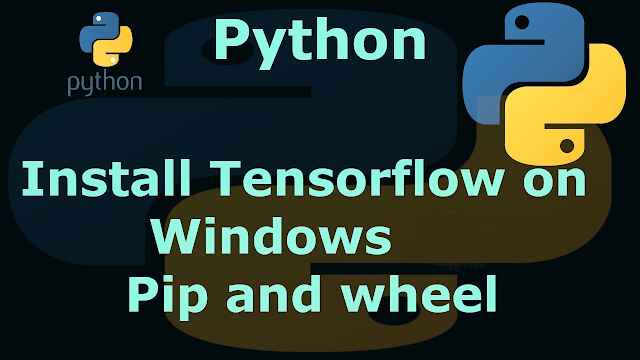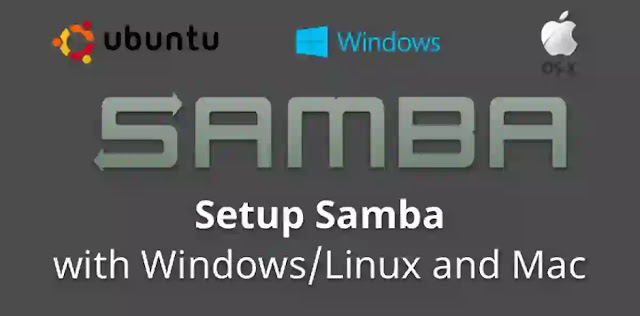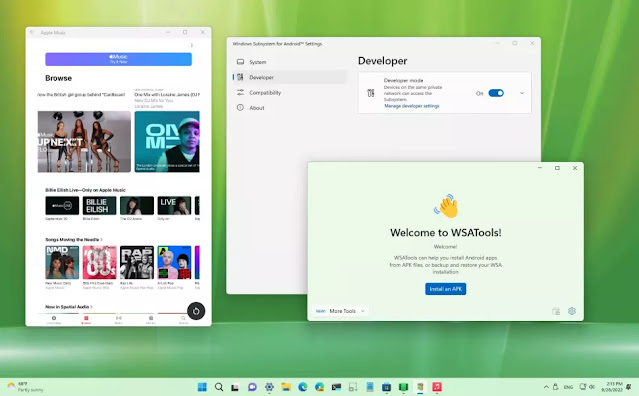10 Reason Why Python is Not The Best Programming Language
10 Reason Why Python is Not The Best Programming Language Yes, Python is one of the most widely used programming languages across the globe. Yes, Python has helped businesses achieve their goals and objectives. However, on the flip side, there is another side of the story as well. There are a few aspects where the language lags and is therefore not the best coding language. In this article, we will talk about 10 reasons why Python is not the best programming language. Keep reading!
The indentation problem
A point to note is that indentation is not optional in Python. This poses a problem when using conditions. Also, indentation makes it hard to see where the function ends.
Multiple versions
Python has two versions – python 2 and python 3. In the majority of the cases, they are often installed alongside each other in Linux. As a result of this, many Linux distributions have been forced to ship with two versions of Python because so many packages took time to convert to Python 3.
Runtime errors
As known to many, a Python script isn’t compiled first and then executed. Rather, what exactly happens is, that it compiles every time you execute it, so any coding error manifests itself at runtime. All this ultimately leads to poor performance, time consumption, and the need for a lot of tests.
Whitespaces
In python, whitespaces are used extensively to indicate different levels of code. However, braces and semicolons are more visually appealing, beginner-friendly, maintainable, and intuitive to understand.
Mobile development
The shift from desktop to smartphone calls for a requirement of robust languages to build mobile software. A point worth a mention is that not many mobile apps are being developed with Python. This is one of the reasons why Python is not considered to be the best language to rely on when it comes to mobile development.
Lambdas
There is this issue with the usage of lambdas in Python as the same is rather restrictive. In python, Lambdas can only be expressions and not statements. However, variable declarations and statements are always statements which ultimately means that Lambdas cannot be used for them.
Speed
Python stands for the ability to execute only one task at a time. It is because this coding language makes sure each variable has only one data type, and if there are any parallel processes, they could mess that up. All this results in slow speed.
Memory
In the case of programming languages other than Python, you don’t need to specify data types. This, ultimately, implies that a lot of memory needs to be used because the program needs to reserve enough space for each variable that it works in any case. In a nutshell, a lot of memory is consumed.
Scope
Python is associated with dynamic scoping. Now, this poses a problem. Every expression needs to be tested in every possible context. Undoubtedly, this is a tedious task.
The problem of static scoping
Taking into account the problems posed by dynamic scoping, the python did try shifting to static scoping. However, that didn’t seem to go well. It was seen that inner scopes can only see outer scopes, but not change them which led to great confusion.
What could replace Python in the future - and when
There are a few new competitors on the market of programming languages:
- Rust offers the same kind of safety that Python has — no variable can accidentally be overwritten. But it solves the performance issue with the concept of ownership and borrowing. It is also the most-loved programming language of the last few years, according to Stack Overflow Insights.
- Go is great for beginners like Python. And it is so simple that it’s even easier to maintain the code. Fun point: Go developers are among the highest-paid programmers on the market.
- Julia is a very new language that competes head-on with Python. It fills the gap of large-scale technical computations: Usually, one would have used Python or MATLAB, and patched the whole thing up with C++ libraries, which are necessary at a large scale. Now, one can use Julia instead of juggling with two languages.
While there are other languages on the market, Rust, Go, and Julia are the ones that fix weak patches of Python. All of these languages excel in yet-to-come technologies, most notably in Artificial Intelligence. While their market share is still small, as reflected in the number of Stack Overflow tags, the trend for all of them is clear: upwards.
Given the ubiquitous popularity of Python at the moment, it will surely take half a decade, maybe even a whole, for any of these new languages to replace it.
Which of the languages it will be — Rust, Go, Julia, or a new language of the future — is hard to say at this point. But given the performance issues that are fundamental in the architecture of Python, one will inevitably take its spot.


